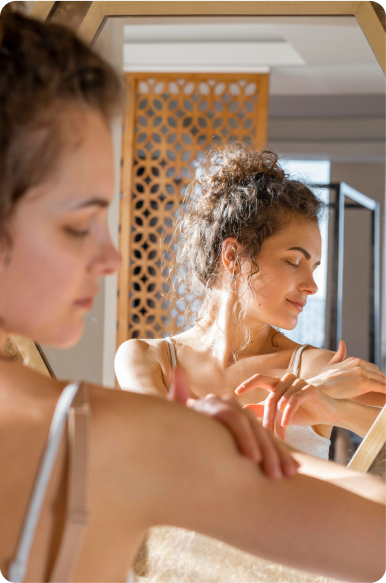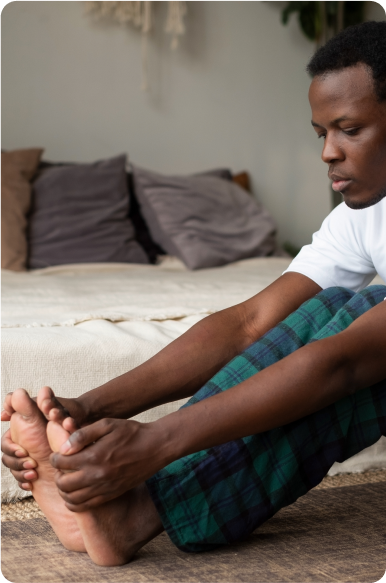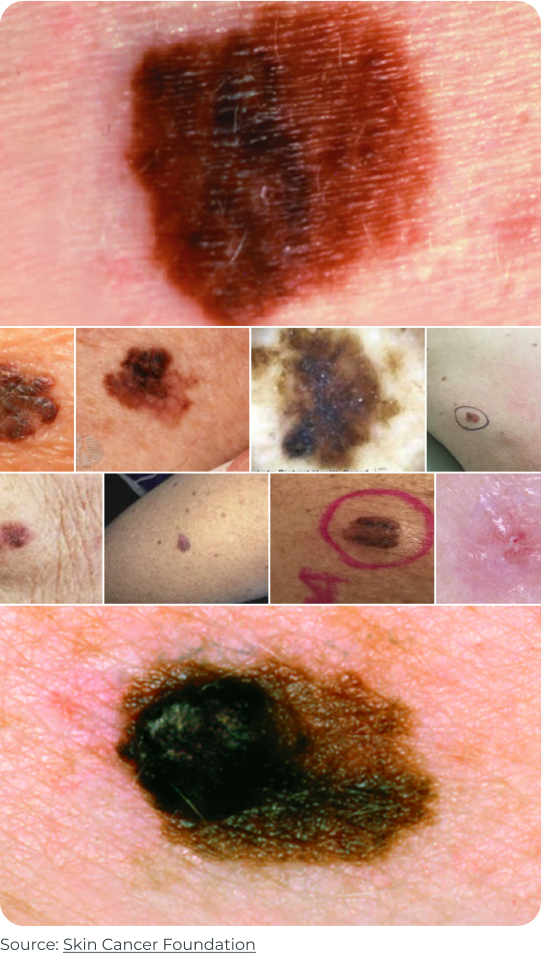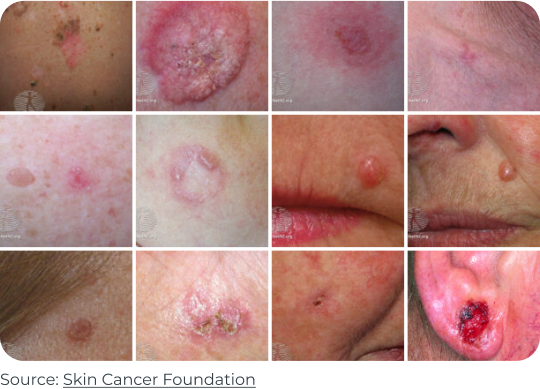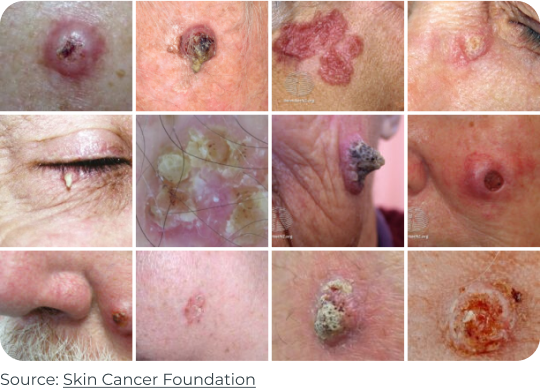
How to perform a home skin check
-
Look at your body fully naked after showering once every month or two.
-
Use a full length mirror to see your front side, and a hand held mirror to look at skin on your back side.
-
Melanoma can occur in places that have never seen the sun, so look everywhere.

